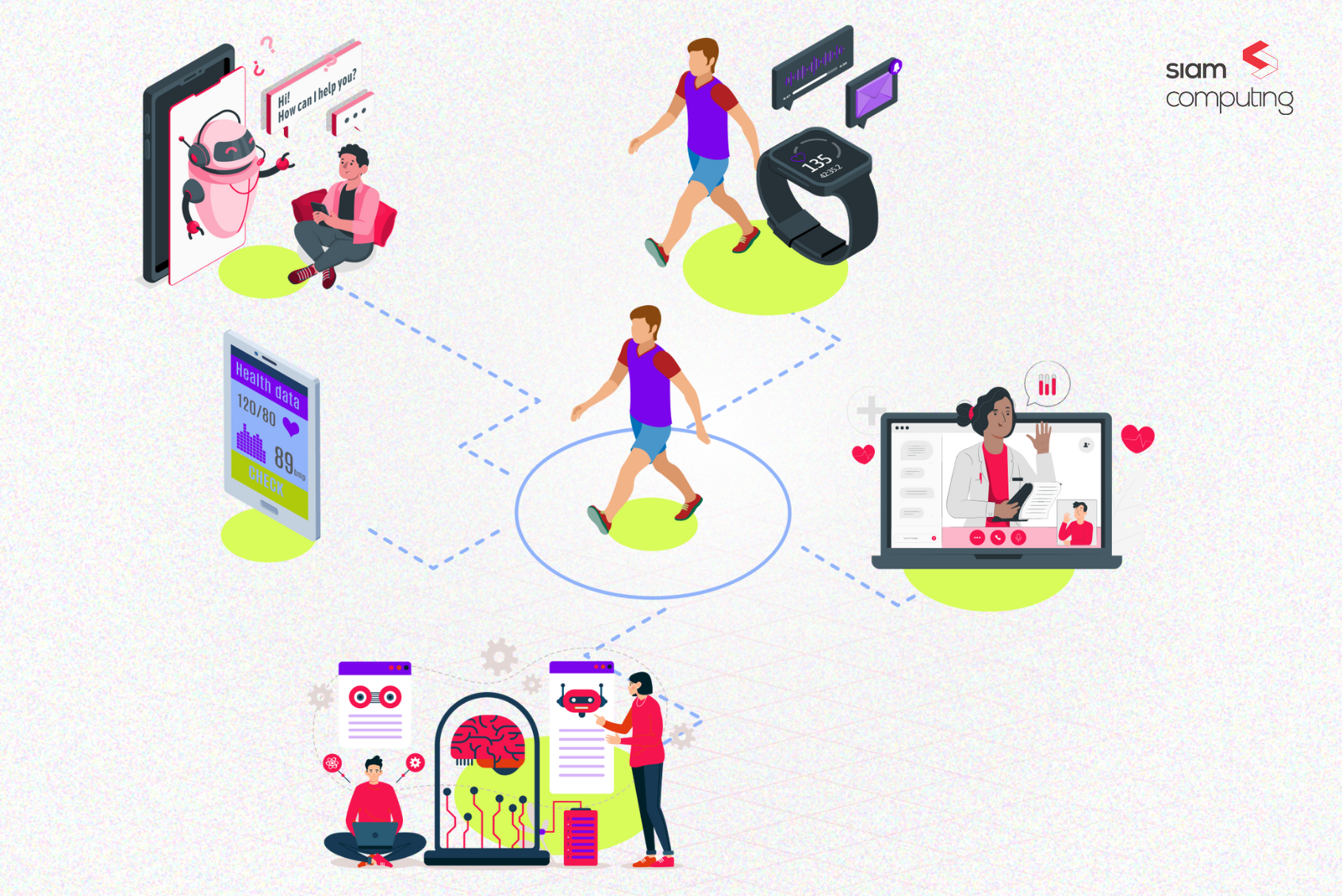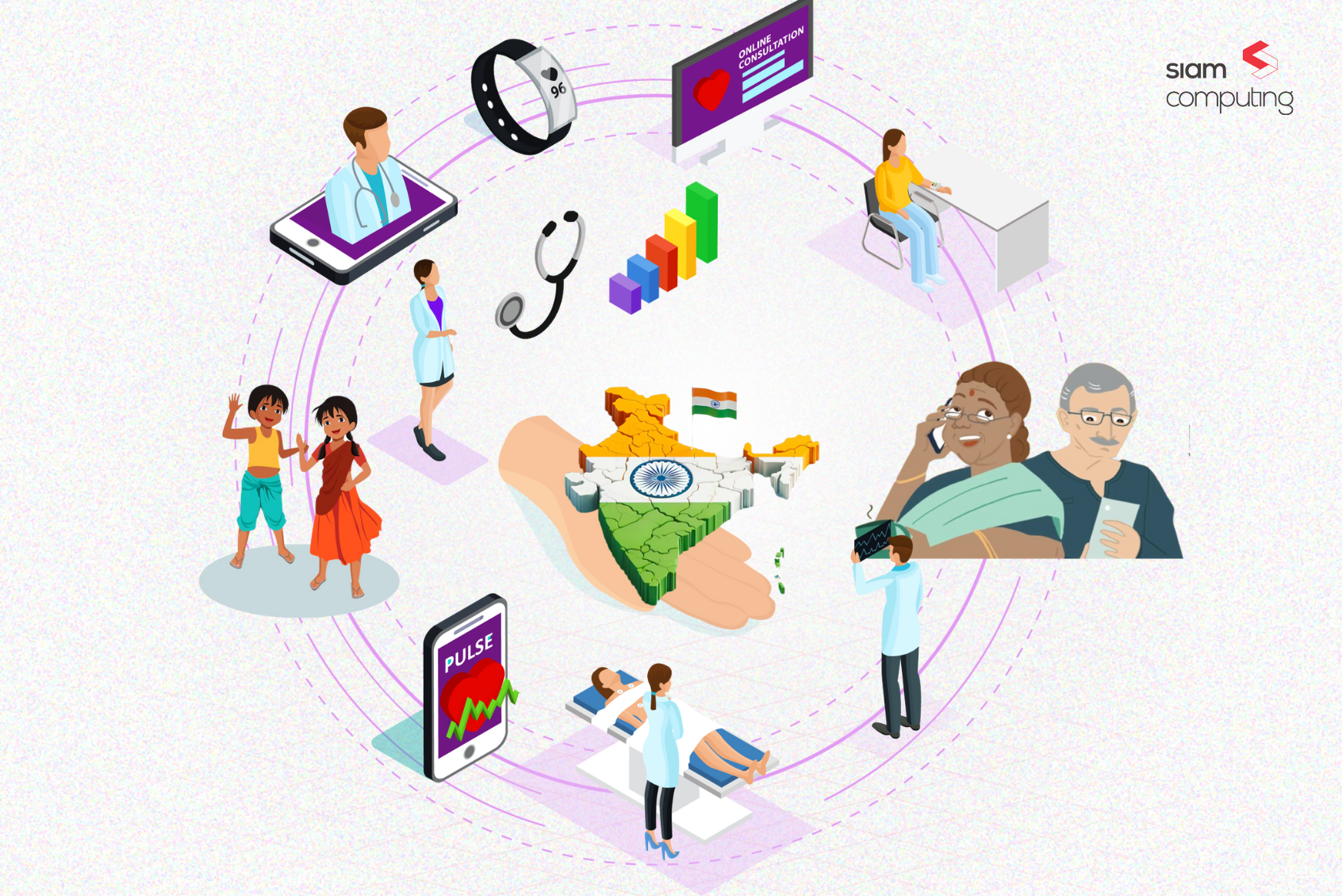Information is king in the data-driven world of healthcare and payer portals hold a treasure trove of valuable, yet often underutilized, data. Beyond streamlining claims processing and member communication, these portals offer a rich tapestry of insights into claims activity, member behavior, and healthcare utilization patterns.
By analyzing this goldmine of Business Intelligence (BI), payers can identify trends, optimize risk management strategies, and ultimately, design better insurance offerings for a healthier population.
This article delves deep into how payer portals can be utilized as a powerful BI tool. We’ll explore how to derive actionable insights that drive strategic decision-making from data on:
- Member behavior
- Claims activity
- Healthcare utilization patterns
A Window into Member Behavior
While claims processing remains a core function, payer portals offer a much broader perspective on member behavior. By analyzing portal activity, payers can gain a deeper understanding of how members interact with the healthcare system.
- Login frequency and duration: Analyzing login frequency can reveal member engagement levels. Frequent logins might indicate proactive members seeking information or managing their health, while infrequent logins could suggest a need for outreach programs. Duration of logins can shed light on the complexity of tasks members are trying to complete on the portal, potentially highlighting areas for UI/UX improvement.
- Feature usage: Tracking which portal features are most frequently used helps identify member needs and preferences. High usage of appointment scheduling or medication refill tools suggests active management of health, while frequent use of cost-estimator tools might indicate a focus on affordability.
- Content engagement: Analyzing downloads of educational materials, participation in wellness programs, and use of preventative care resources can show member interest in improving their health outcomes.
- Search queries: The keywords members use in the portal search bar offer valuable insights into their concerns and healthcare knowledge gaps. This data can be used to tailor educational content and proactively address member anxieties.
What Can Payers Do by Leveraging Member Engagement and Usage Patterns Data
By analyzing these data points, payers can identify member segments based on engagement levels, health-seeking behaviors, and resource utilization patterns. This segmentation allows for targeted outreach and communication strategies.
For example, payers can:
- Develop personalized wellness programs for less engaged members, encouraging them to utilize preventive care resources.
- Offer targeted educational content based on member search queries, addressing specific health concerns and knowledge gaps.
- Design communication campaigns that resonate with different member segments, increasing engagement and driving desired actions.
- Identify members who may benefit from specific disease management programs based on their portal activity.
Demystifying Claims Activity: A Granular View into Healthcare Utilization
Payer portals are also a treasure trove of claims data. By analyzing this data at a granular level, payers can gain a comprehensive picture of healthcare utilization trends. This includes:
- Treatment patterns: Analyzing the types of services members utilize (e.g., specialist visits, prescription medications) can reveal trends in disease prevalence, treatment choices, and adherence to prescribed regimens.
- Provider network utilization: Identifying which providers members are visiting most frequently can help assess network adequacy and identify areas for potential expansion.
- Cost drivers: Analyzing claims data by diagnosis and treatment allows payers to identify the most expensive medical conditions and pinpoint cost drivers within the member population.
- Variations in Utilization: Identifying variations in utilization patterns across different member segments (e.g., age, geography, health status) can reveal potential disparities in access to care or effectiveness of preventive measures.
What Can Payers Do by Leveraging Claims Activity Data?
This wealth of data from claims activity empowers payers to:
- Develop targeted care management programs for high-cost conditions, aiming to improve treatment efficiency and reduce costs.
- Negotiate better rates with healthcare providers based on utilization data and identify potential areas for network optimization.
- Design preventative care initiatives to address identified cost drivers and improve member health outcomes.
- Identify potential fraud, waste, and abuse within the healthcare system by analyzing anomalies in treatment patterns and utilization trends.
Member behavior data + Claims data = Utilization Patterns
By combining data on member behavior with insights from claims activity, payers can gain a holistic perspective on member health outcomes and how they navigate the healthcare system. This includes:
Mapping Care Journeys
Payer portals can reveal the sequence of services members utilize for specific conditions. This data can be used to identify inefficiencies in care pathways and develop more streamlined processes. For instance, analyzing trends might show a high volume of emergency room visits following urgent care visits for certain conditions. This could indicate a gap in access to specialists or after-hours care options.
Predicting Future Needs
By analyzing historical utilization patterns and member demographics, payers can develop predictive models to anticipate future healthcare needs. This allows for proactive interventions such as:
- Early identification of at-risk members: By identifying members with risk factors for chronic diseases, payers can implement preventive care programs and early intervention strategies.
- Identifying High-Cost Members: By analyzing claims data and member demographics, payers can identify members with high healthcare costs. This allows for development of targeted care management programs to address chronic conditions and prevent unnecessary hospital admissions.
- Resource allocation: Predictive models can help payers anticipate surges in demand for specific services and allocate resources efficiently.
Develop Stratified Risk Models
By analyzing healthcare utilization patterns alongside demographic and clinical data, payers can build more sophisticated risk models. These models can be used to accurately predict future healthcare costs for individual members and member segments. This allows for:
- Targeted Risk Management Strategies: With a deeper understanding of member risk profiles, payers can develop targeted interventions to manage high-risk populations. This may include disease management programs, medication adherence initiatives, and personalized wellness coaching.
- Improved Premium Pricing: More accurate risk assessments enable payers to design fairer and more competitive insurance products. Premiums can be adjusted based on individual risk profiles, ensuring affordability for healthy members and adequate coverage for those with higher healthcare needs.
The Power of Combining Data Sets
The true value of payer portal data lies in its synergy with other data sources. Combining portal data with claims information, medical records, and external datasets (like population health data) paints a more comprehensive picture. This allows for:
- Identifying social determinants of health: By analyzing factors like zip code and income levels alongside healthcare utilization data, payers can identify social determinants impacting member health outcomes. This knowledge allows for targeted interventions to address these social factors and improve overall health equity.
- Developing value-based care models: By analyzing the cost-effectiveness of different treatments and member outcomes, payers can design and negotiate value-based care models that reward providers for delivering high-quality, efficient care.
- Improve Care Coordination: Identify gaps in care coordination and develop strategies to ensure smooth transitions between different healthcare providers.
Transforming Data into Knowledge
For health insurance companies to unlock the true potential of the payer portal and derive knowledge from data, a robust Business Intelligence (BI) framework is essential. This framework should encompass the following key elements:
- Data Integration: The first step is to ensure seamless integration of data from various sources within the payer organization. This includes claims data, member portal activity logs, and any other relevant data points.
- Data Cleaning and Standardization: Raw data often contains inconsistencies and errors. A robust data cleaning process is necessary to ensure the accuracy and reliability of the data for analysis. Additionally, data standardization ensures consistent formatting and terminology across different data sets.
- Data Warehousing: A central data warehouse provides a secure and organized repository for all payer data. This facilitates efficient data storage, retrieval, and analysis.
- Data Visualization Tools: Interactive dashboards and reports are crucial for presenting complex data insights in a clear and concise manner. These tools empower stakeholders to easily understand trends, identify patterns, and make data-driven decisions.
- Advanced Analytics Capabilities: Investing in advanced analytics tools like machine learning and artificial intelligence can unlock even deeper insights from payer portal data. These tools can be used for predictive modeling, anomaly detection, and identifying hidden correlations within the data.
Looking for a Partner to Build Data-Driven Payer Models?
Siam Computing can be your trusted partner in harnessing the power of payer portal data. We specialize in developing cutting-edge digital solutions for healthcare payers and providers.
Our product experts can help you design and implement a robust BI framework, integrate your data sources, and create insightful visualizations to empower your organization with actionable intelligence.
Contact us today to learn how we can help you unlock the full potential of your payer portal data and transform your business.








